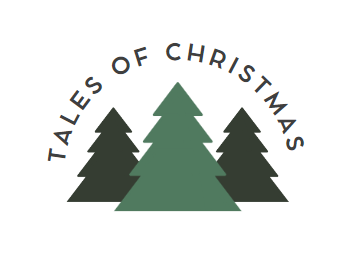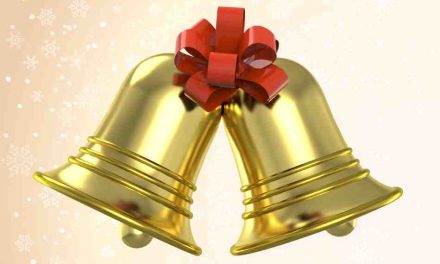In this piece, we’re going to dig a little deeper and try to unlock the rich history and traditions that led to the mince pie. We’re going to look at how it become associated with Christmas, why we call it a mince pie, and what happened to the mince!
The History of the Mince Pie
Various sources contradict each other on the original shape of the mince pie and it’s hard to tell whether it was rectangular or oval shaped but it’s thought it was somewhat similar in shape to that of a manger representing the birth of Jesus. The original pie contained 13 different ingredients, a mixture of sweet and savory to represent Christ and the 12 disciples. It’s thought the mince pie originated in the Middle East due to the combination of meat and fruit together with a healthy dose of spice! The pie would normally be much larger than those we typically find today due to it’s meaty content. The ingredients would include different meats (often would depend on availability) mixed with a wide range of sweet fruits including figs, raisins, plums, prunes, cloves, dates, oranges, sugar, honey, and more.
The meat varied over the years and it was common to find mutton in the pies around the 1600s. Goose or even beef tongue was used in the North of England where the population was often poorer and couldn’t afford mutton and other pricer meats such as veal. It’s interesting that we have retained the name ‘mince pie’ and still refer to the contents as ‘mincemeat’, even though no meat has been included in the recipe since the early 19th century.
If you want to try and follow a Victorian recipe to see what a mince pie might have tasted like all those years ago then have a look at the video.
Why do Mince Pies Have no Meat?
Early Christmas pies were much bigger than the mince pie we know today and would have been akin to a main meal – in fact, during the Tudor years, it was quite common. Back in medieval times mince pies were not exclusive to Christmas and would have been served at different times of the year.
There are several theories related to dropping meat from the mince pie. One common theory suggests the meat was banned due to the inferred relationship to the Catholic faith, something the druids believed during the English Civil War. It’s unlikely this is true, although some may be based on fact, as the druid influence ended when Christianity took over later in the Roman Empire. It’s most likely related to shifts in culture and evolution over time as opposed to a single point in time. Palates developed over time and shifted to enjoy the sweeter option when it came to a good mince pie!
Modern mincemeat does still have one animal product in common with its earlier relations and that is suet. Suet is a saturated animal fat that is used in many recipes as well as in the sweet mincemeat for mince pies and is found in the hard fat from beef, mutton, or lamb.
The pie found its way to the US in the 17th century and was similar in composition to the English version. It tended to be found at Thanksgiving, especially with people who did not celebrate Christmas. Originally it would have contained beef (still available today in some areas) but overtime the beef was dropped and the ingredients are similar to those found in the UK and the rest of the world
Is a Mince Pie Santas Favorite Food?
It’s customary in many places to leave food and drink out near the tree for Father Christmas. This gives him the energy he needs to deliver presents all over the world. In many homes, you’ll find a mince pie and either a glass of milk or if Santa is lucky, some sherry to keep him warm.
One theory is that this comes from the Netherlands where children often put out food and drink in exchange for gifts that would appear overnight. This is actually based on the Festival of St Nicholas which is officially on the 6th of December. There are many other theories and nobody is totally sure how this came about. Another theory is that original Christmas Trees, like the paradise tree, used to have food as decorations many years ago in some countries such as Germany. You can read about the history of the Christmas Tree here.
However it came about, it’s a lovely tradition and one that keeps the magic of Christmas alive for the children.
Mince Pie Superstitions
As with many things that have a rich history there are some superstitions that seem to be connected with the traditional mince pie.
- It is said you should always stir your mincemeat in a clockwise direction to make sure you have good luck!
- Eating a mince pie on each of the twelve days of Christmas will also bring good luck
- You can make a wish when eating your first mince pie of the festive season
- You should never cut your mince pie with a knife
Conclusion
The mince pie has a long history that likely began somewhere in the Middle East and has slowly evolved over centuries to become part of our modern-day Christmas tradition. I’m sure you’d agree, Christmas wouldn’t quite be the same without them!





